Home>Gardening & Outdoor>Plant Care & Gardening Tips>How To Plant Native Flowers In Fall
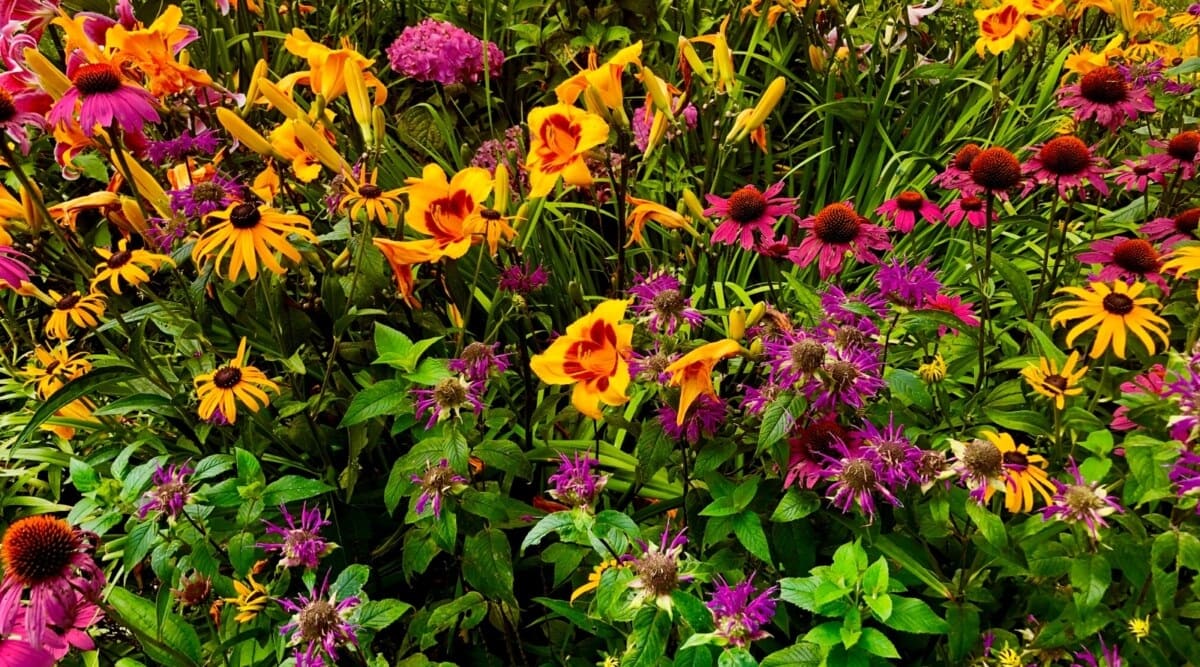

Plant Care & Gardening Tips
How To Plant Native Flowers In Fall
Modified: January 5, 2024
Learn how to plant native flowers in the fall with these expert plant care and gardening tips. Create a beautiful and sustainable garden today!
(Many of the links in this article redirect to a specific reviewed product. Your purchase of these products through affiliate links helps to generate commission for Storables.com, at no extra cost. Learn more)
**
Introduction
**
As the vibrant colors of summer gradually fade and the crispness of fall permeates the air, it's the perfect time to consider planting native flowers in your garden. Embracing the beauty of autumn blooms not only adds a delightful touch to your outdoor space but also contributes to the overall well-being of the local ecosystem. In this comprehensive guide, we will explore the myriad benefits of planting native flowers in fall, delve into the selection of the right species for this season, discuss soil preparation, and provide essential tips for planting and caring for these native treasures. Whether you are a seasoned gardener or just beginning to explore the world of horticulture, this article will equip you with the knowledge and inspiration to create a stunning fall garden filled with native flora. So, grab your gardening gloves and let's embark on this colorful journey together!
**
Key Takeaways:
- Embrace the beauty of fall by planting native flowers, supporting local wildlife, and creating a low-maintenance, eco-friendly garden that thrives in harmony with the changing seasons.
- Carefully select, plant, and nurture native flowers in the fall to create a vibrant, sustainable garden that celebrates the beauty of autumn while supporting local ecosystems and pollinators.
Read more: When To Plant Flower Bulbs In Fall
Benefits of Planting Native Flowers in Fall
**
Planting native flowers in the fall offers a myriad of benefits that extend far beyond the visual appeal they bring to your garden. These benefits encompass ecological, practical, and aesthetic aspects, making them a valuable addition to any outdoor space. Here are some compelling reasons to embrace the beauty of native flowers during the autumn season:
-
Eco-Friendly Landscaping: Native flowers are well-adapted to the local climate, soil, and wildlife, making them an eco-conscious choice for landscaping. By planting native species, you contribute to the preservation of biodiversity and provide essential resources for local pollinators and wildlife.
-
Low Maintenance: Many native flowers are resilient and low-maintenance, requiring minimal intervention once established. This makes them an ideal choice for busy gardeners or those seeking sustainable landscaping solutions.
-
Extended Bloom Time: Planting native flowers in the fall extends the blooming season in your garden, infusing it with vibrant colors and textures well into the cooler months. This prolonged bloom time enhances the visual interest of your outdoor space and provides nectar sources for late-season pollinators.
-
Soil Health: Native flowers often have deep root systems that help improve soil structure and prevent erosion. Additionally, they can contribute to the enrichment of the soil by cycling nutrients, thus promoting a healthier and more balanced ecosystem.
-
Water Conservation: Many native flowers are drought-tolerant once established, reducing the need for excessive watering. This not only conserves water but also contributes to the resilience of your garden during dry spells.
-
Pest and Disease Resistance: Due to their adaptation to the local environment, native flowers often exhibit natural resistance to pests and diseases, reducing the reliance on chemical interventions for maintenance.
-
Support for Pollinators: Fall-blooming native flowers provide essential food sources for pollinators such as bees, butterflies, and hummingbirds, supporting their populations as they prepare for the winter months.
By embracing the benefits of planting native flowers in the fall, you can create a sustainable, visually captivating garden that harmoniously integrates with the local ecosystem.
**
Selecting the Right Native Flowers for Fall Planting
**
When choosing native flowers for fall planting, it’s essential to consider factors such as bloom time, hardiness, and the specific requirements of your local ecosystem. By selecting the right species, you can ensure a successful and visually stunning garden that thrives throughout the autumn season. Here are some key considerations for choosing native flowers for fall planting:
-
Bloom Time: Look for native flowers that bloom in the fall or have a prolonged blooming period that extends into the autumn months. This ensures that your garden remains vibrant and colorful as the seasons transition.
-
Local Adaptation: Choose species that are native to your specific region, as they are naturally adapted to the local climate, soil conditions, and wildlife. Local nurseries and botanical gardens can provide valuable information on native species suitable for fall planting in your area.
-
Wildlife Benefits: Consider the ecological benefits of native flowers by selecting species that provide food and habitat for local wildlife, including pollinators and beneficial insects. Look for plants that support the life cycle of native butterflies, bees, and other essential pollinators.
-
Hardiness: Ensure that the native flowers you choose are well-suited to the hardiness zone of your garden. Selecting species that are resilient to the typical fall weather conditions in your area will increase their chances of thriving.
-
Soil and Light Requirements: Take into account the soil type and light conditions in your garden when selecting native flowers. Some species may prefer well-drained soils, while others thrive in partial shade or full sun. Matching the plants to the specific conditions of your garden will promote their healthy growth.
-
Plant Diversity: Aim for a diverse selection of native flowers to create a balanced and resilient ecosystem within your garden. Incorporating a variety of species with different bloom times, heights, and flower structures enhances the visual appeal and ecological value of your garden.
By carefully selecting native flowers that align with these considerations, you can create a fall garden that not only flourishes aesthetically but also contributes to the ecological harmony of your local environment.
**
Tip: When planting native flowers in the fall, choose a sunny spot with well-drained soil. Water the plants regularly until the ground freezes to help them establish strong roots before winter.
Preparing the Soil for Fall Planting
**
Proper soil preparation is essential for the successful establishment and growth of native flowers in the fall. By creating a nurturing environment for your plants, you can lay the groundwork for a thriving garden that showcases the beauty of autumn blooms. Here are the key steps to prepare the soil for fall planting:
-
Assess Soil Composition: Begin by assessing the composition of your garden soil. Test its pH level and texture to determine its suitability for the native flowers you intend to plant. Many local agricultural extension offices offer soil testing services or provide guidance on conducting tests at home.
-
Amend Soil as Needed: Based on the results of the soil test, amend the soil to optimize its composition for the selected native flowers. This may involve adjusting the pH, improving drainage, or enhancing fertility through the addition of organic matter such as compost or well-rotted manure.
-
Clear the Planting Area: Remove any existing weeds, debris, or competing vegetation from the planting area to create a clean and unobstructed space for the native flowers. This minimizes competition for resources and reduces the likelihood of weed encroachment.
-
Loosen the Soil: Use a garden fork or tiller to loosen the soil in the planting area, breaking up compacted areas and improving aeration. Loosening the soil promotes better root penetration and allows for proper water infiltration, crucial for the establishment of newly planted native flowers.
-
Apply Mulch: Consider applying a layer of organic mulch, such as shredded leaves or straw, to the planting area. Mulch helps conserve soil moisture, suppresses weed growth, and regulates soil temperature, creating favorable conditions for the roots of the native flowers.
-
Provide Adequate Drainage: Ensure that the planting area has adequate drainage to prevent waterlogging, which can be detrimental to the roots of native flowers. If the soil has poor drainage, consider implementing raised beds or incorporating organic matter to improve its structure.
By diligently preparing the soil for fall planting, you set the stage for the healthy growth and flourishing of native flowers in your garden. This foundational care contributes to the long-term vitality of your garden ecosystem, ensuring a bountiful display of autumn blooms.
**
Planting and Caring for Native Flowers in Fall
**
Planting and caring for native flowers in the fall requires thoughtful consideration and attentive maintenance to support their establishment and ensure their longevity. By following best practices for planting and providing essential care, you can nurture a thriving garden that celebrates the beauty of native flora throughout the autumn season. Here are the key steps for planting and caring for native flowers in fall:
-
Planting Timing: Aim to plant native flowers in early fall, allowing sufficient time for their roots to establish before the onset of winter. Be mindful of the recommended planting times for specific species, as some may benefit from early fall planting while others are best suited for later in the season.
-
Spacing and Arrangement: When planting native flowers, consider their mature size and spacing requirements to allow for adequate air circulation and minimize competition for resources. Arrange the plants in a visually appealing and ecologically beneficial manner, considering factors such as bloom time and pollinator attraction.
-
Watering: Provide ample moisture to newly planted native flowers, ensuring that the soil remains consistently moist but not waterlogged. Monitor the weather conditions and adjust the watering frequency as needed to support the establishment of the plants before the onset of winter dormancy.
-
Monitoring for Pests and Diseases: Regularly inspect the native flowers for signs of pests or diseases, addressing any issues promptly to prevent them from impacting the overall health of the plants. Utilize environmentally friendly pest control methods and encourage natural predators to help manage pest populations.
-
Deadheading and Pruning: Deadhead spent flowers and remove any diseased or damaged foliage to promote continuous blooming and maintain the overall health and appearance of the native flowers. Pruning may be necessary for certain species to shape their growth and encourage robust flowering in subsequent seasons.
-
Supporting Pollinators: Create a welcoming environment for pollinators by planting a variety of native flowers that provide nectar and pollen sources throughout the fall season. Observing and supporting local pollinator populations contributes to the ecological balance of your garden and surrounding area.
-
Winter Protection: Depending on the hardiness of the native flowers and the local climate, consider implementing protective measures such as mulching or providing temporary shelter to safeguard the plants from extreme winter conditions. This extra care can enhance their resilience and promote healthy regrowth in the following spring.
By tending to the planting and ongoing care of native flowers in the fall, you can cultivate a vibrant and sustainable garden that thrives amidst the seasonal transitions, enriching your outdoor space and contributing to the local ecosystem.
**
Conclusion
**
Embarking on the journey of planting native flowers in the fall is a rewarding endeavor that not only enhances the beauty of your garden but also fosters a deeper connection with the natural world. By embracing the benefits of native flora, carefully selecting the right species, and tending to their needs with mindful care, you can create a vibrant and sustainable garden that flourishes throughout the autumn season and beyond.
As you witness the colorful blooms of native flowers adorning your garden, you also play a vital role in supporting local ecosystems, providing essential resources for pollinators, and contributing to the preservation of biodiversity. The eco-friendly and low-maintenance nature of native flowers makes them a valuable addition to any outdoor space, offering lasting beauty and ecological benefits.
By preparing the soil thoughtfully, planting with care, and providing ongoing attention to the needs of native flowers, you nurture a garden that harmonizes with the rhythms of nature and thrives in concert with the changing seasons. As fall transitions into winter, the resilience and enduring beauty of native flowers serve as a testament to the profound impact of sustainable gardening practices.
So, as you take a moment to admire the autumn hues and the delicate dance of pollinators among the native blooms, remember that your efforts contribute to a larger tapestry of ecological harmony. Through the simple act of planting native flowers in the fall, you become a steward of the land, creating a haven for wildlife and a sanctuary of natural beauty in your own backyard.
As you continue your gardening journey, may the vibrant allure of native flowers in the fall inspire you to cultivate a deeper appreciation for the wonders of the natural world and the interconnectedness of all living beings within it.
Frequently Asked Questions about How To Plant Native Flowers In Fall
Was this page helpful?
At Storables.com, we guarantee accurate and reliable information. Our content, validated by Expert Board Contributors, is crafted following stringent Editorial Policies. We're committed to providing you with well-researched, expert-backed insights for all your informational needs.
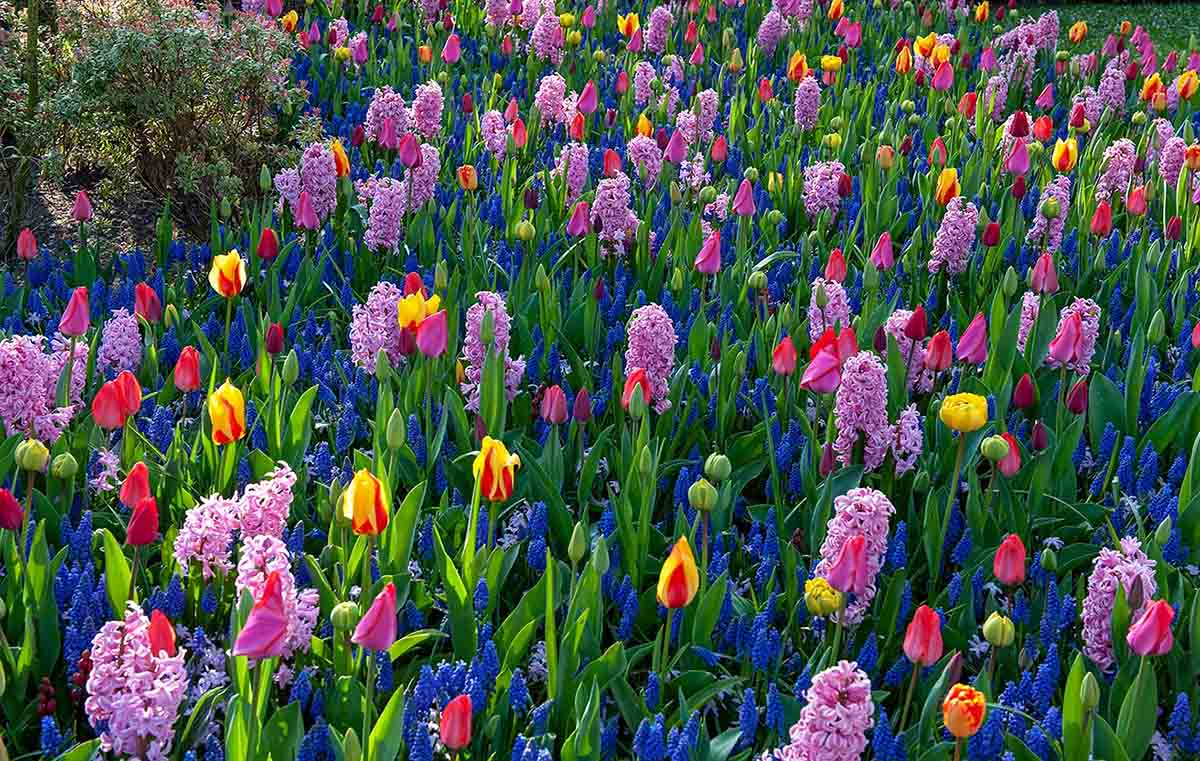
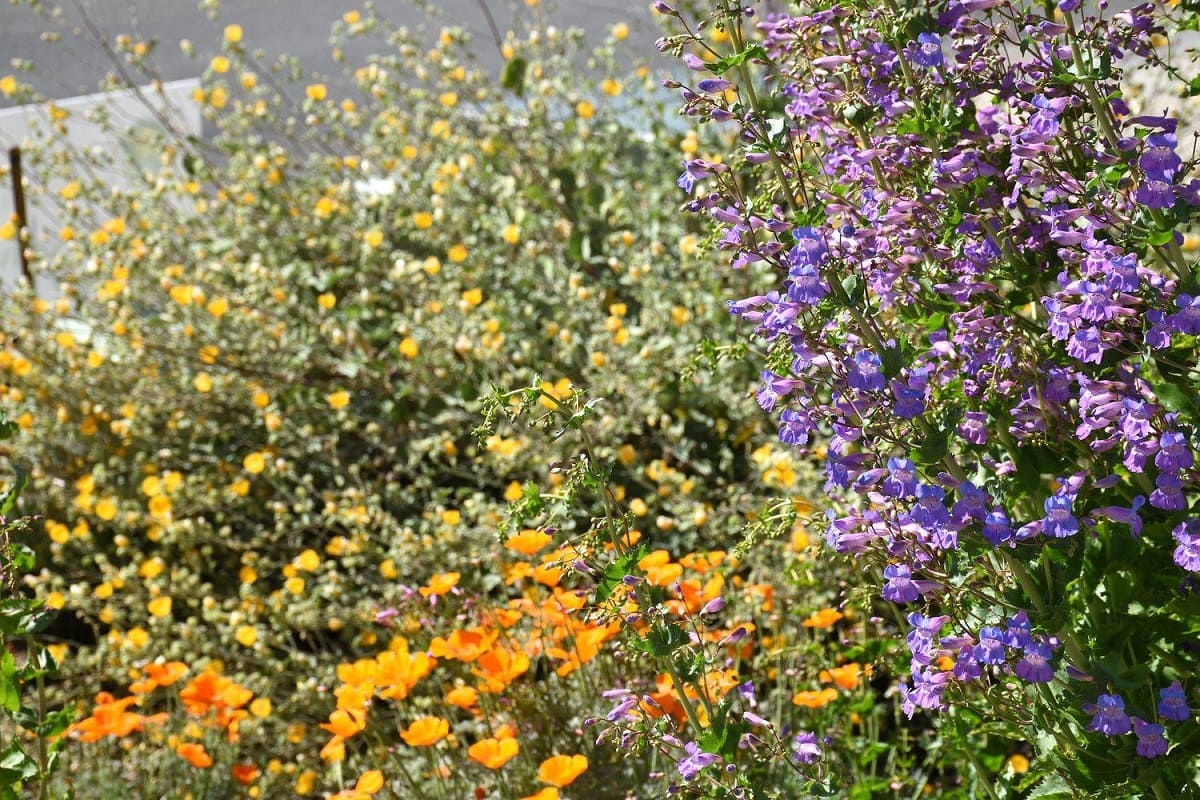
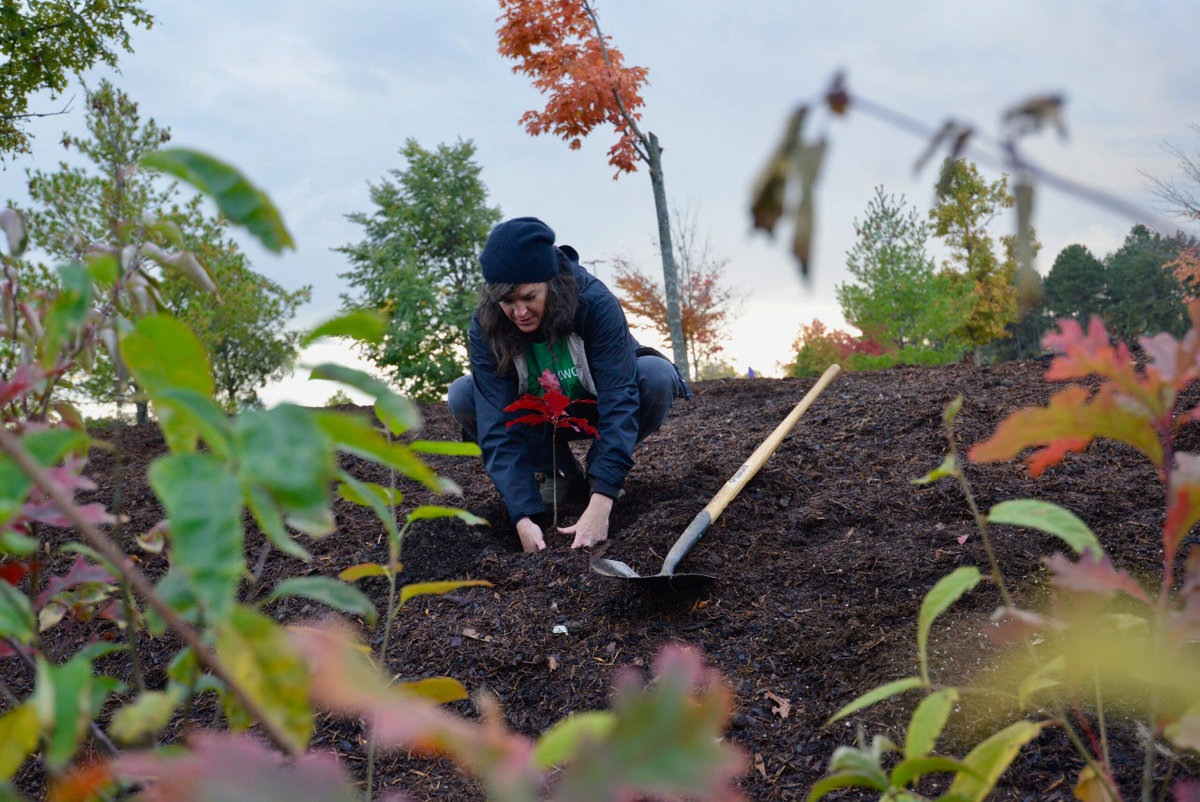
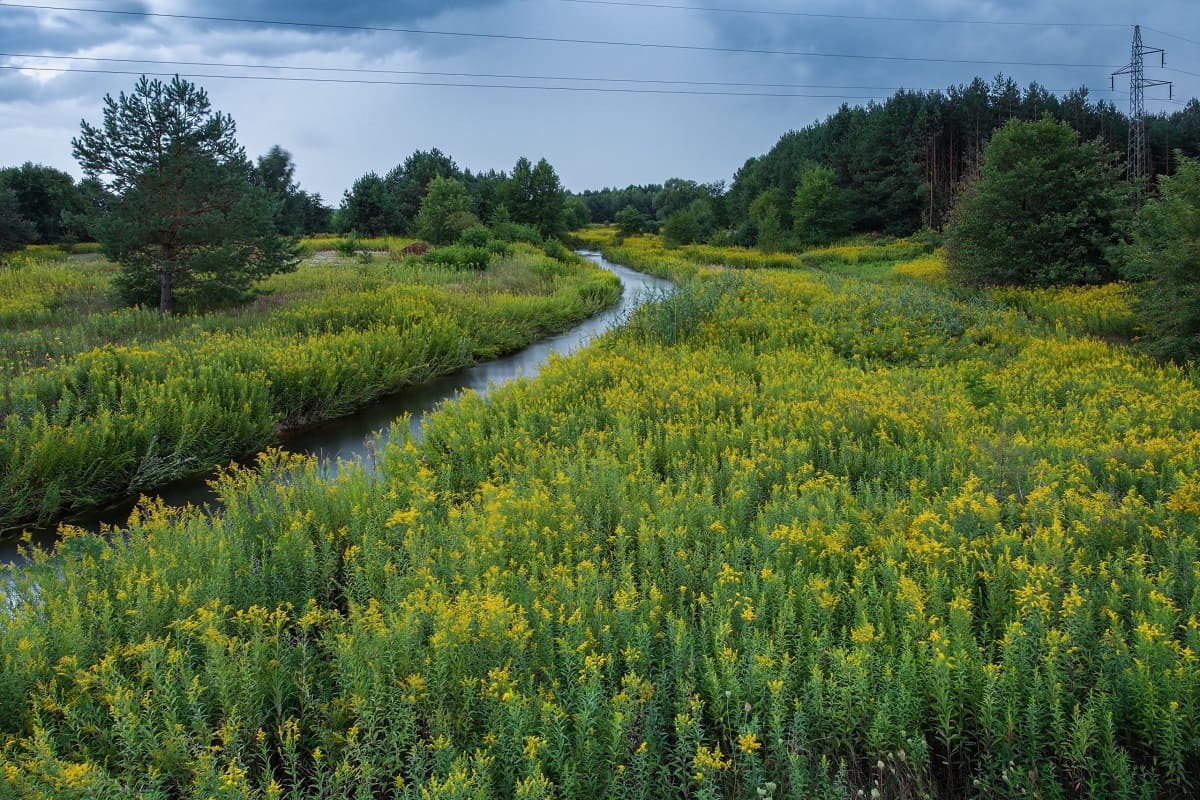
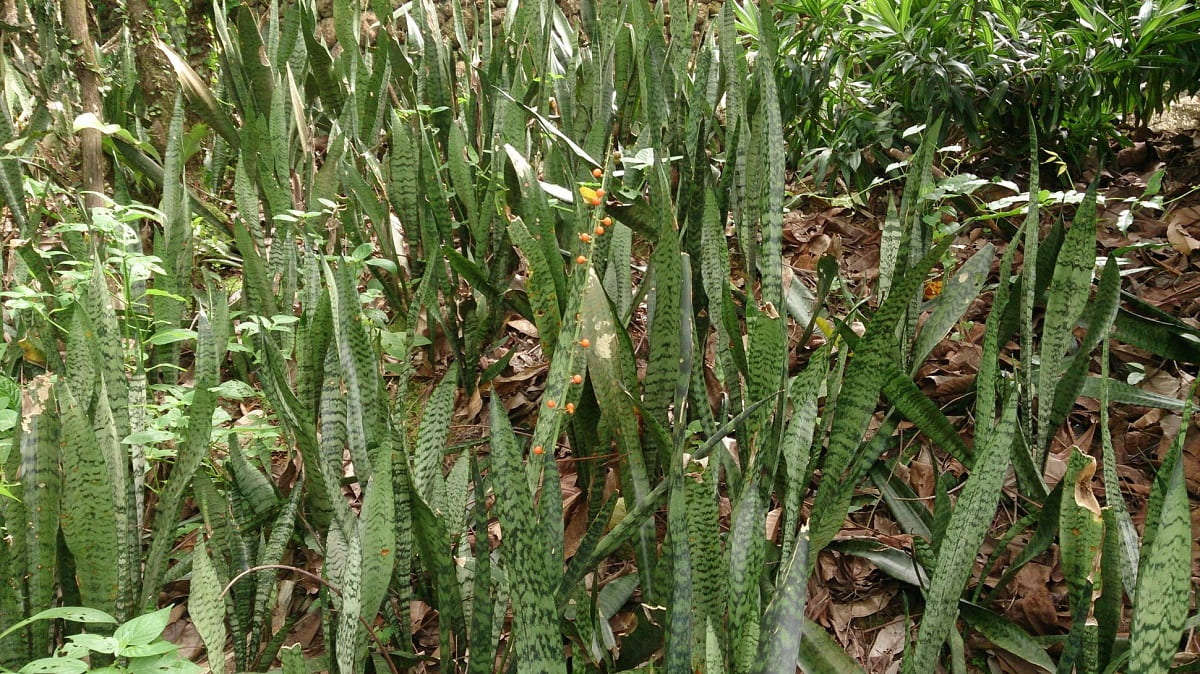
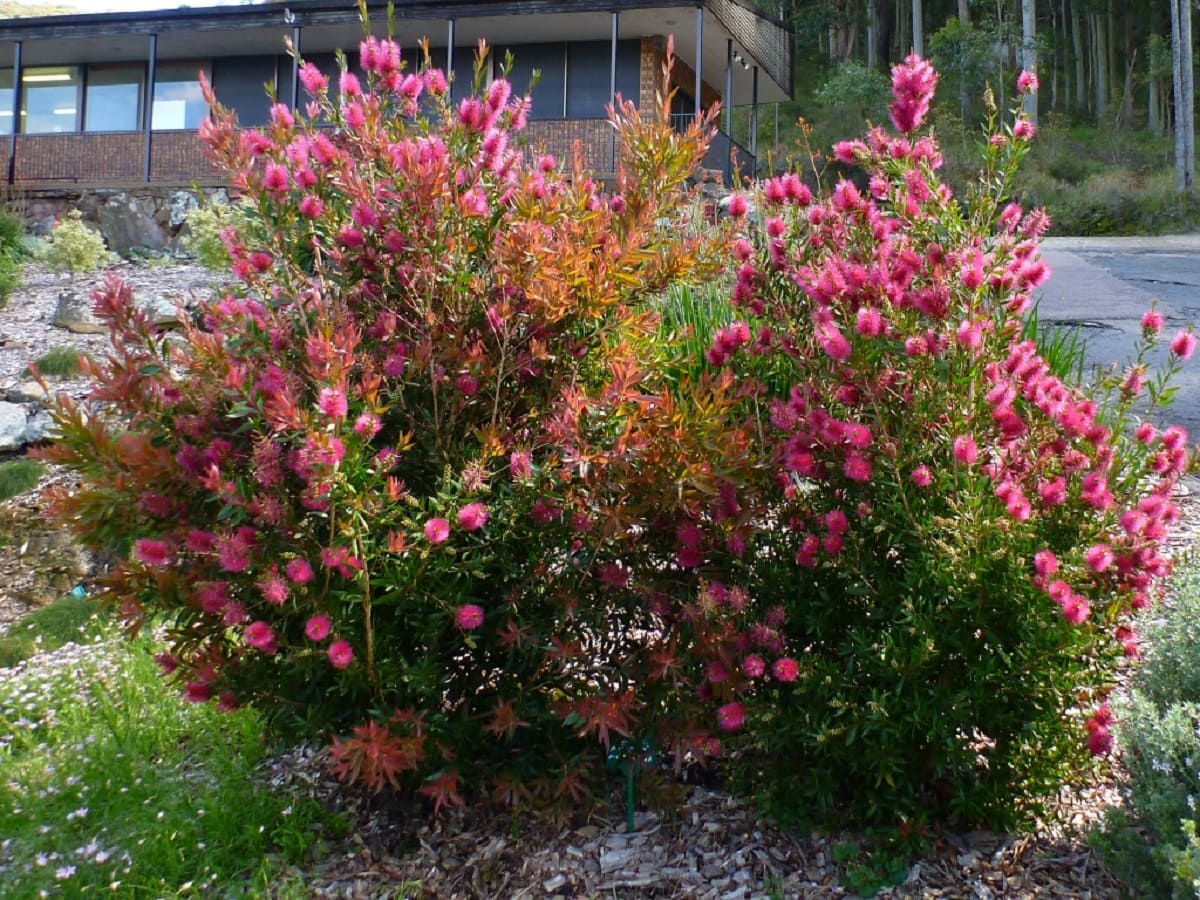
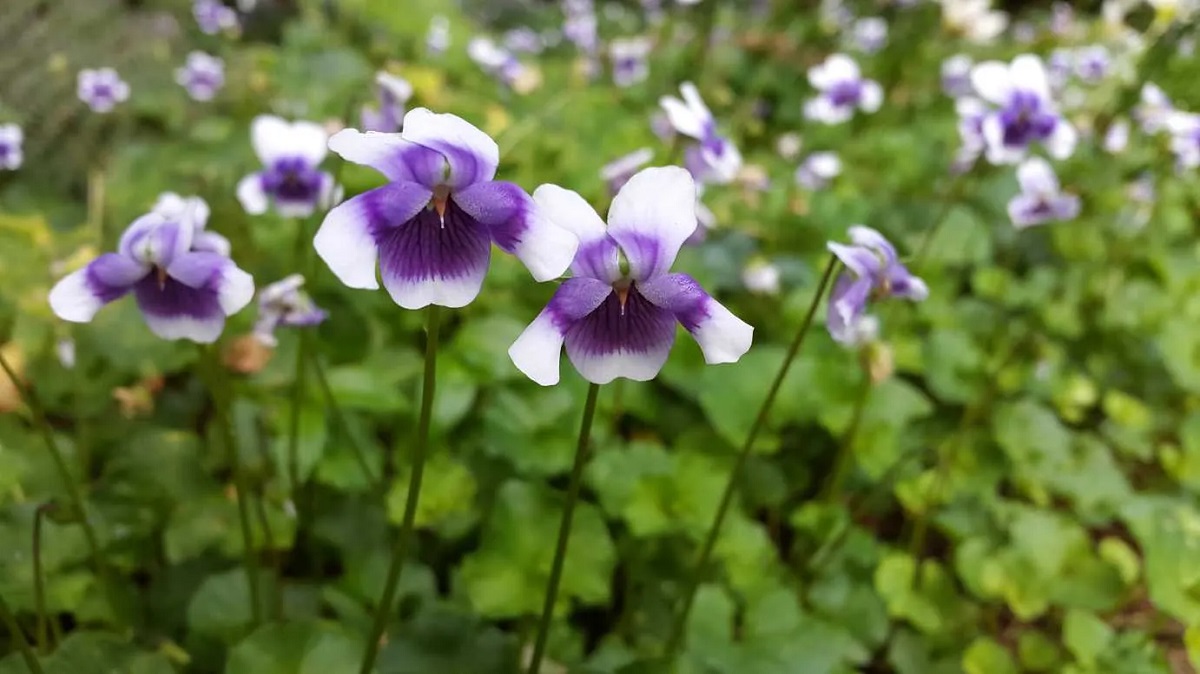
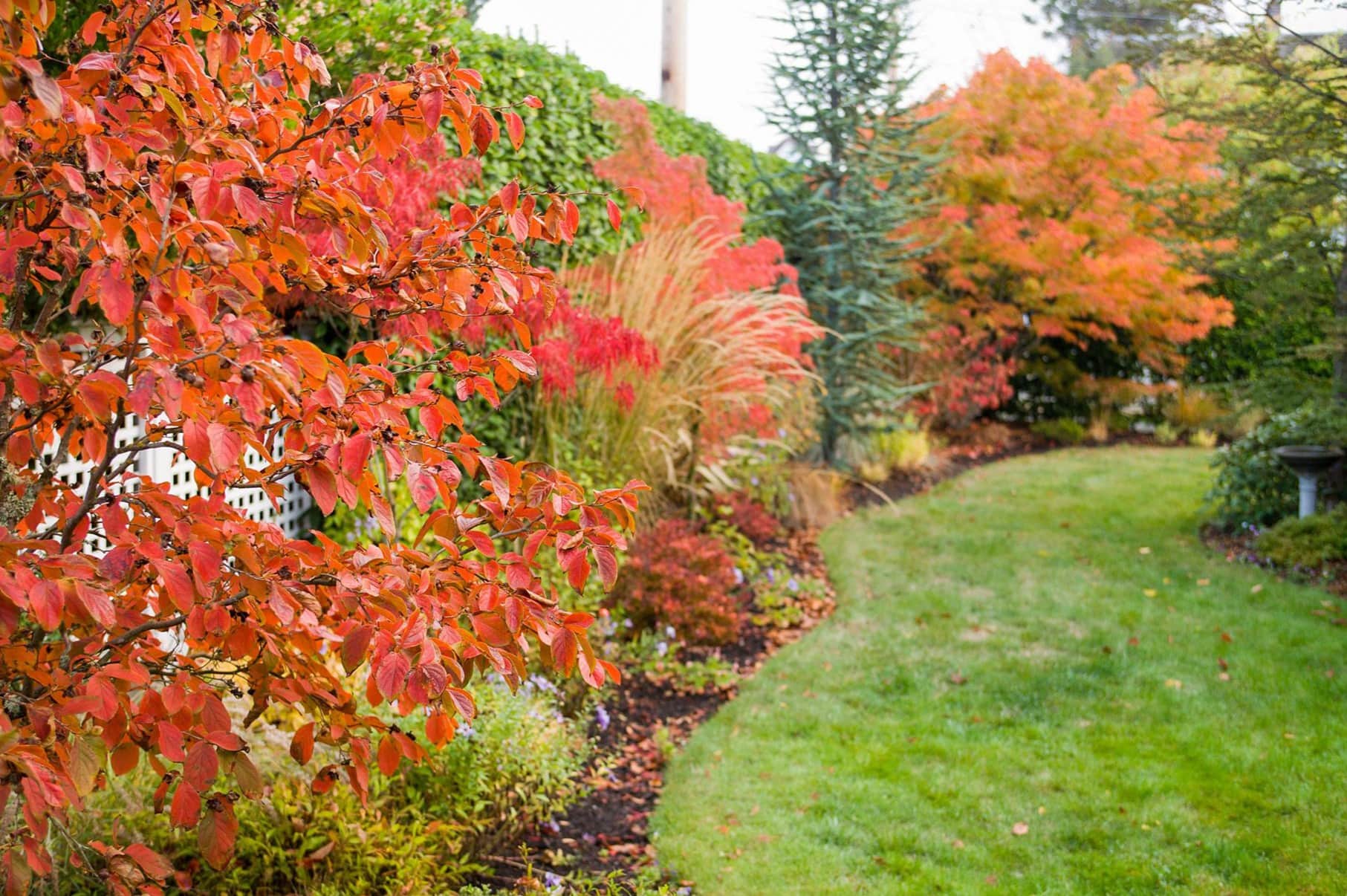
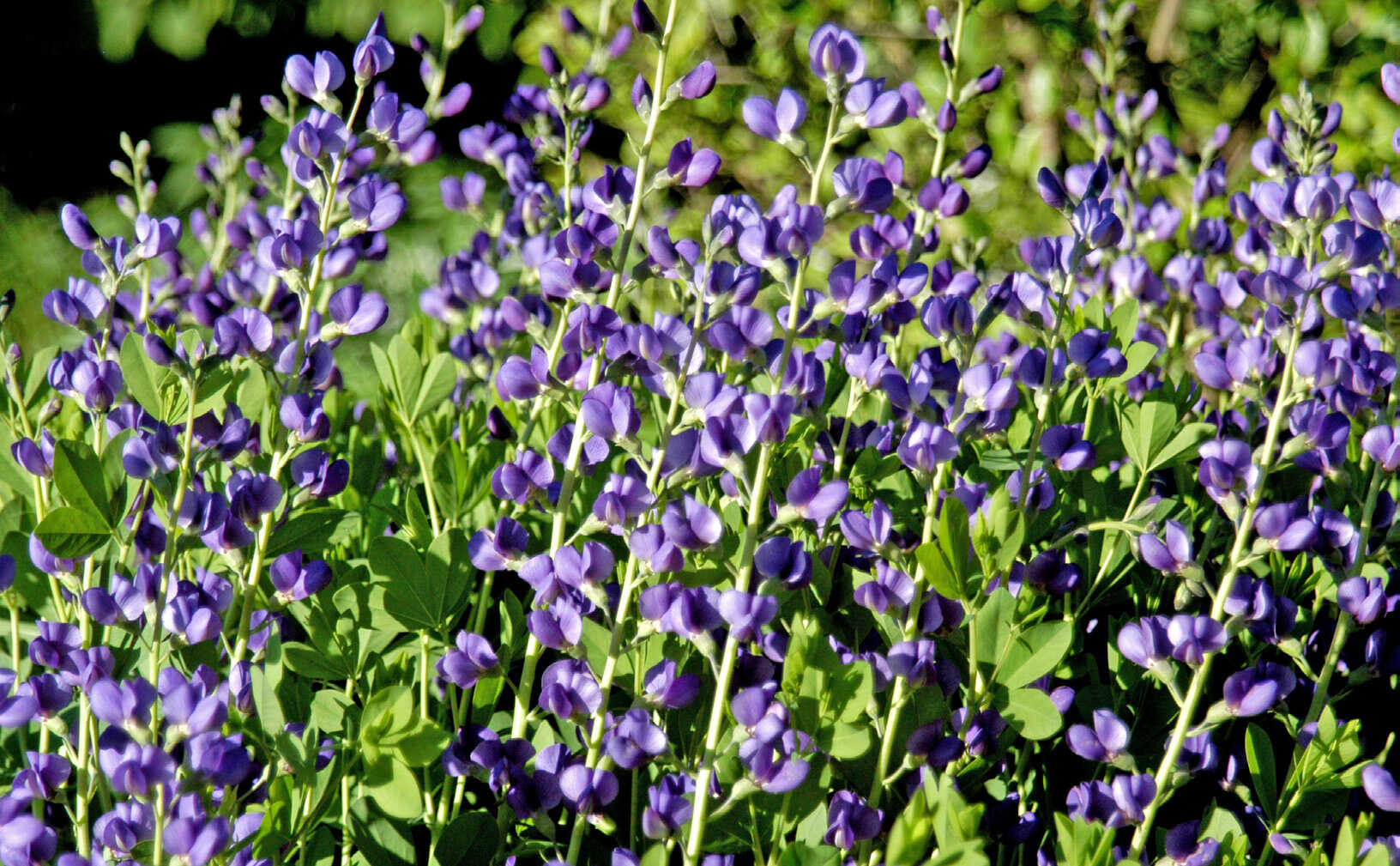
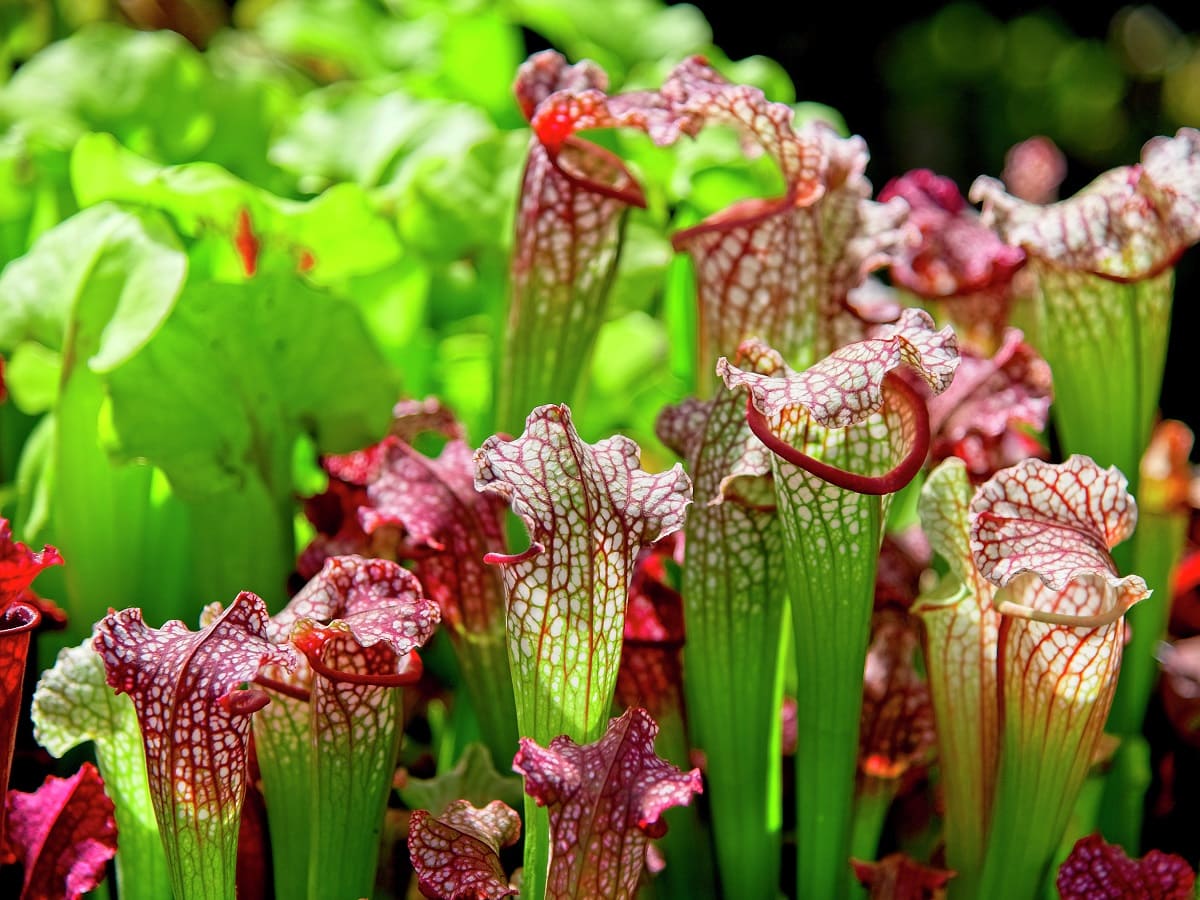
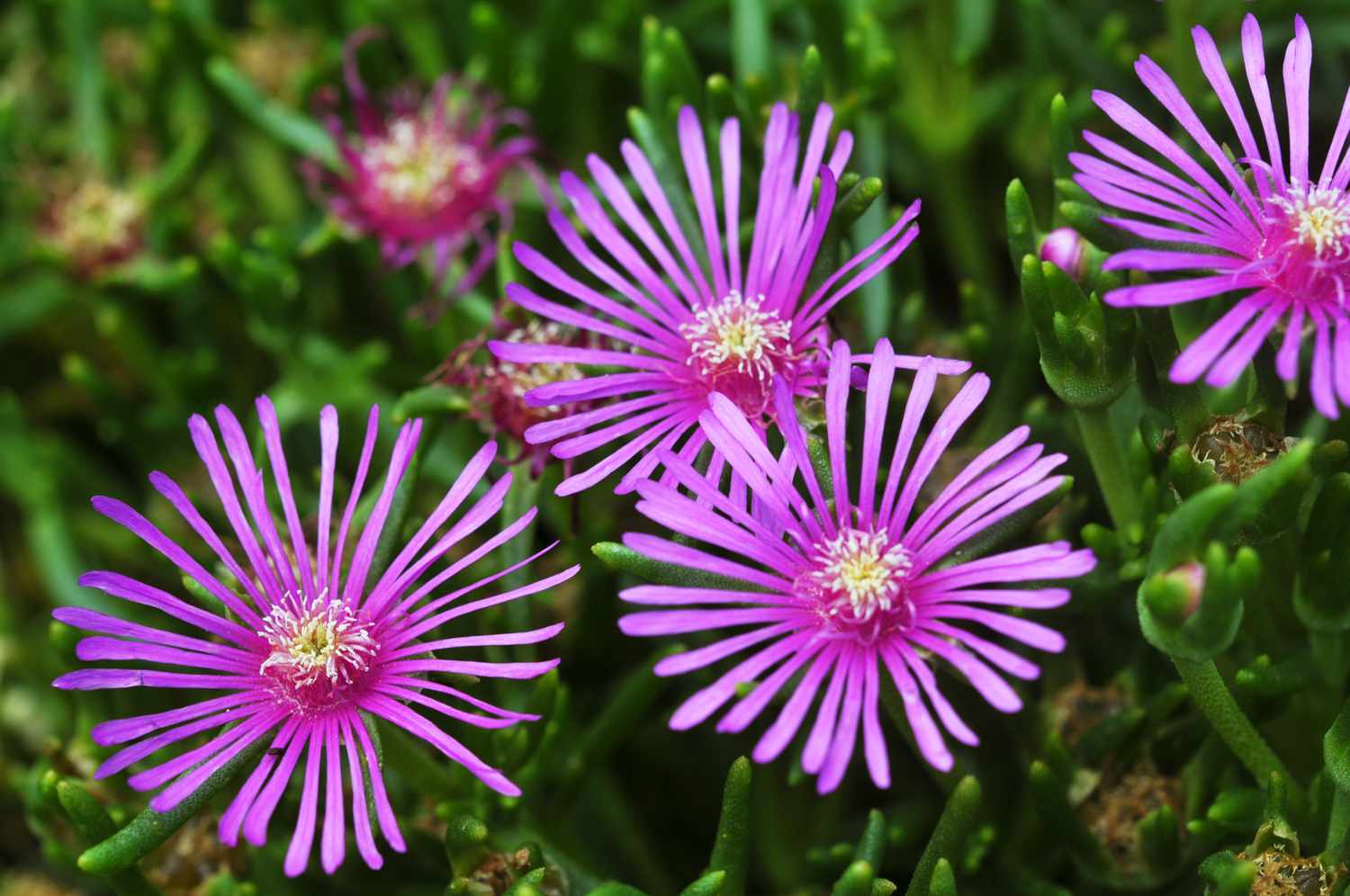
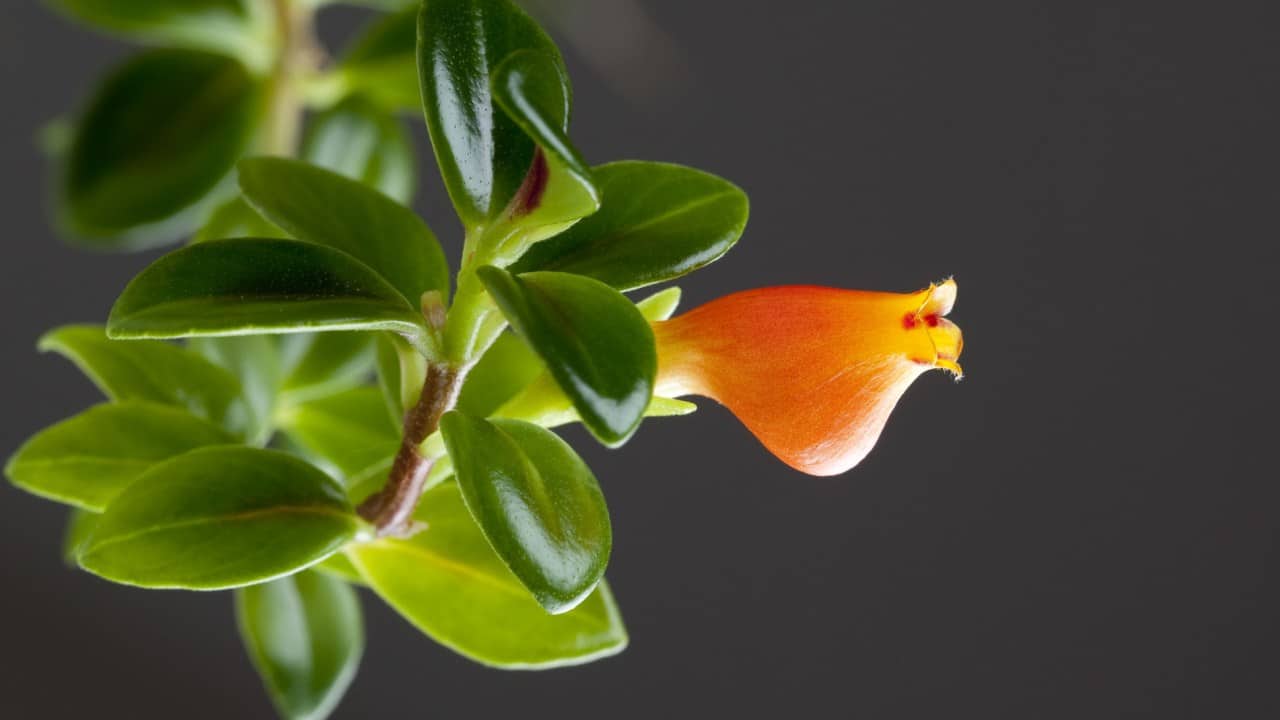
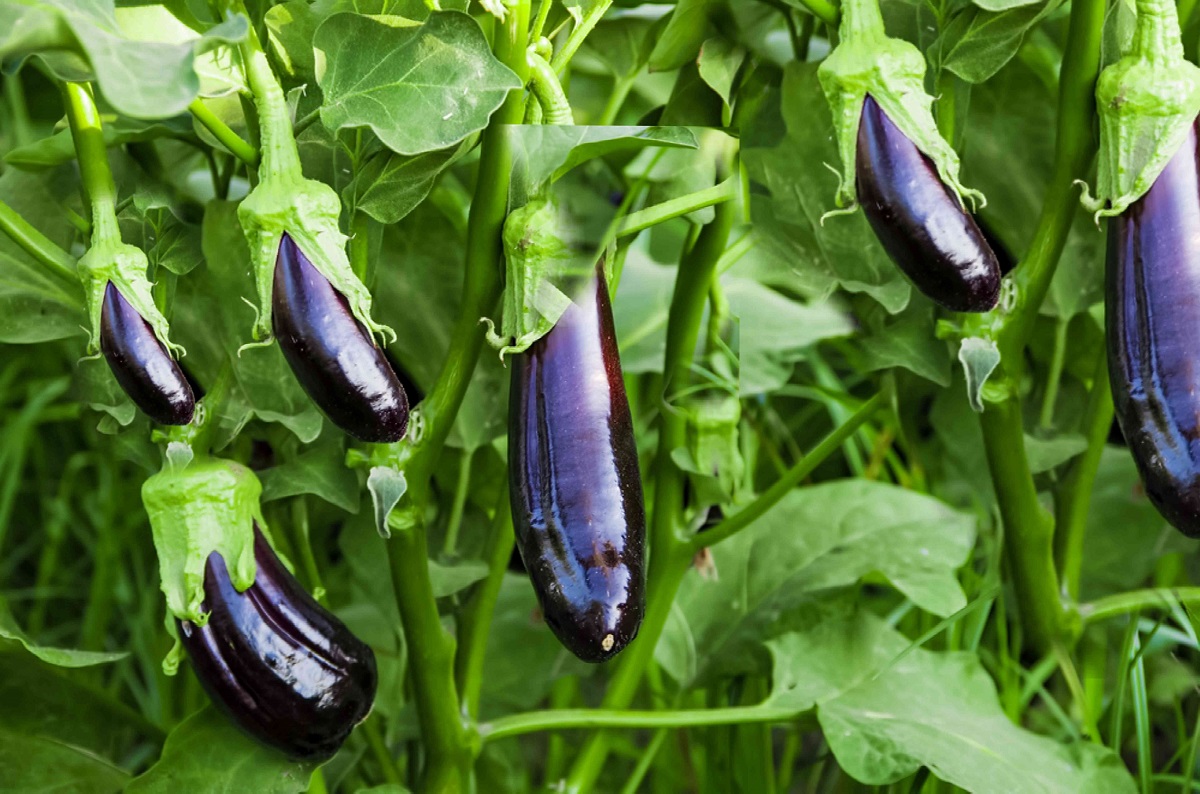
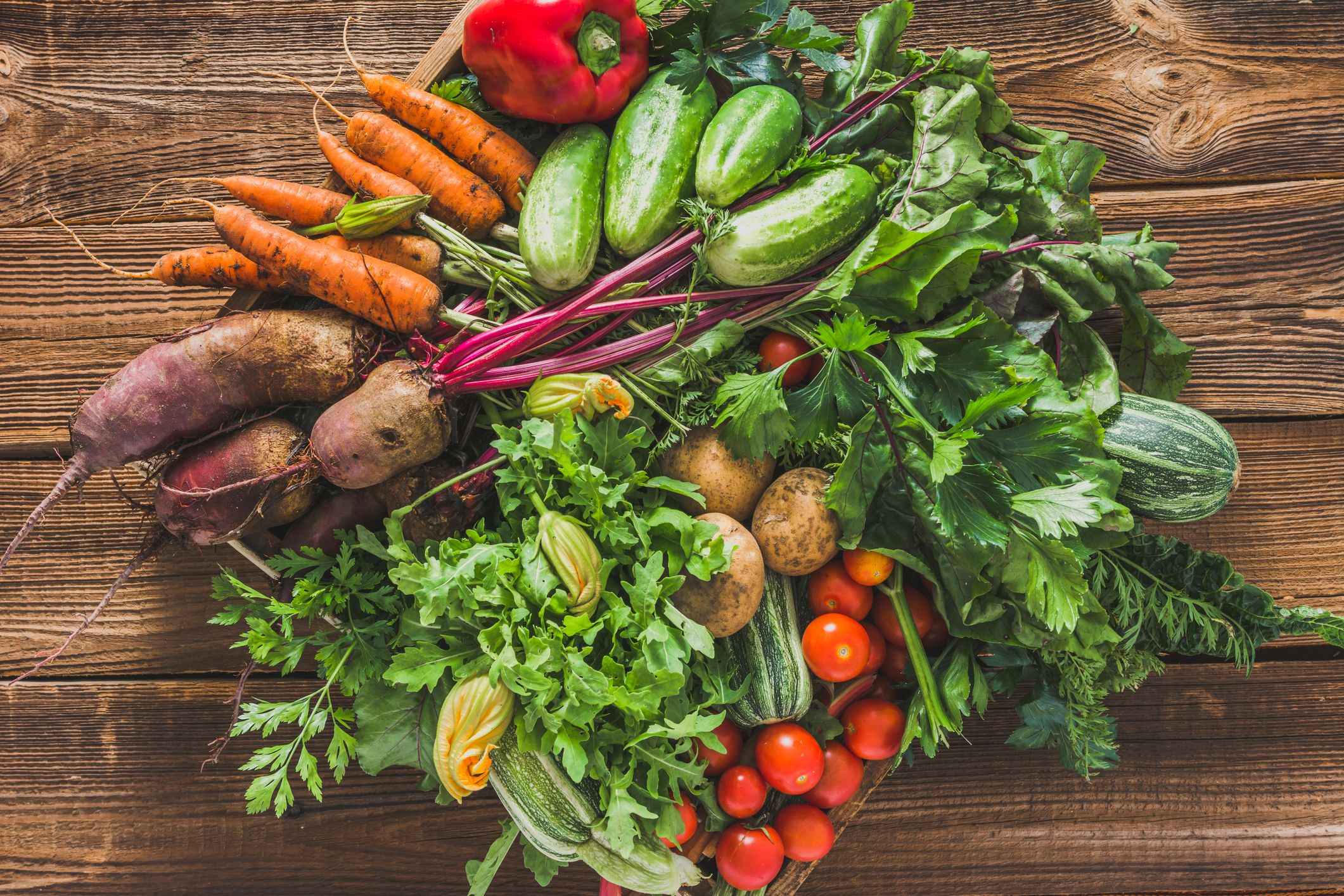

0 thoughts on “How To Plant Native Flowers In Fall”